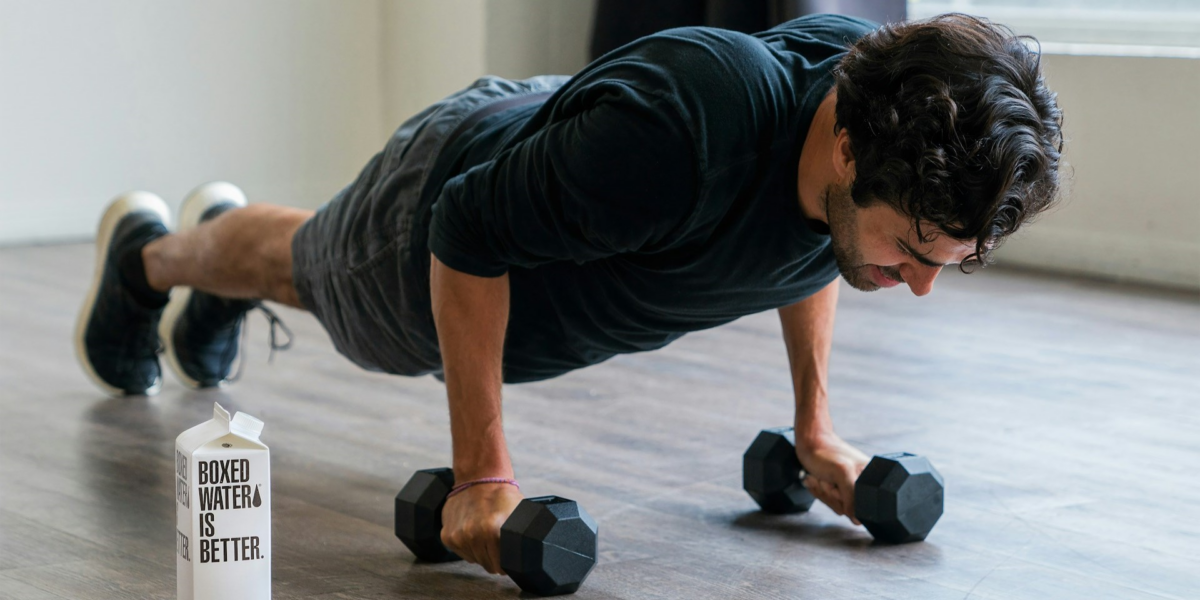Through the Looking Glass: How Lens Filters Shape the Mood in Film and TV
Imagine a scene bathed in a warm, golden glow, transporting you back to a simpler time. Cut to a stark, high-contrast shot, the shadows stretching long and menacing, sending shivers down your spine. These seemingly subtle changes in atmosphere aren’t just the result of clever lighting setups; they’re often the work of an unsung hero in the filmmaker’s toolkit – the lens filter.
More than just a physical shield for your camera lens, filters are powerful tools that manipulate light, color, and mood, completely transforming the way a scene looks and feels. Think of them as invisible paintbrushes, subtly altering the visual canvas to evoke specific emotions and guide the viewer’s experience. Let’s delve deeper into the world of lens filters and how they shape the magic on our screens.
By understanding the power of lens filters, we gain a richer appreciation for the artistry behind filmmaking. These seemingly simple tools hold immense creative potential, allowing filmmakers to paint with light and color, shaping the atmosphere and mood of each scene.
From evoking nostalgia with warm tones to creating a sense of unease with stark contrasts, lens filters are a crucial element in the visual language of cinema. In the next section, we’ll explore the different types of filters and how they’re used to create distinct visual styles, revealing the fascinating interplay between technology and artistry that brings our favorite films and TV shows to life.
Painting with Light: The Power of Lens Filters
Lens filters are transparent attachments placed in front of the camera lens, altering the way light interacts with the film or digital sensor. This seemingly simple concept opens a universe of creative possibilities for filmmakers.
1. Color Manipulation:
Color filters can dramatically alter the color palette of a scene. A warming filter, for example, can bathe a scene in a golden hue, creating a sense of warmth and nostalgia. Conversely, a cooling filter can add a blue tint, conveying a sense of coldness or unease. A recent article by the American Cinematographer explores the use of color filters in classic films, highlighting their role in establishing mood and atmosphere. Think of the desaturated tones used in films like Schindler’s List to convey the stark reality of the Holocaust, or the vibrant, saturated colors that transport us to the fantastical worlds of fantasy films.
2. Light Control:
Beyond color, filters can manipulate the intensity and quality of light. Neutral density filters, for instance, reduce the amount of light entering the camera, allowing filmmakers to shoot in bright conditions without overexposing the image. Diffusion filters soften harsh light sources, creating a dreamier, more ethereal look. These tools give filmmakers greater control over how light interacts with the scene, shaping the overall mood and visual style.
A recent report by the Filmmaker IQ website discusses the use of diffusion filters to create a sense of intimacy and romance in close-up shots. Imagine a romantic scene bathed in soft, diffused light, contrasting with the sharper, more defined visuals used in an action sequence. These subtle manipulations guide our emotional response to what unfolds on screen.
A World of Nuance: Choosing the Right Filter
The selection of the right filter goes beyond mere technicalities; it’s a creative decision that shapes the storytelling. Filmmakers consider factors like the mood they want to evoke, the genre of the film, and the time of day depicted in the scene. Here’s a glimpse into how specific filters can be used to create distinct visual styles:
- Black and White Filters: These filters transport us to a timeless realm, stripping away color and emphasizing light and shadow. This can create a sense of nostalgia, documentary realism, or heighten drama.
- Polarizing Filters: These filters reduce glare and reflections, enhancing the detail and saturation of blue skies and clouds. They’re often used to create a sense of crispness and clarity in outdoor scenes.
- Graduated Neutral Density Filters: These filters create a subtle transition from dark to light within the frame, allowing filmmakers to expose the sky properly without washing out the foreground. This is particularly helpful in landscape shots.
Lens filters are more than just technical equipment; they are tools of artistic expression. By understanding their effects, we gain a deeper appreciation for the craft of filmmaking. The next time you’re captivated by a scene’s mood or transported by its visual beauty, remember the often-unseen role of lens filters – the silent storytellers shaping our experience through the magic of light and color.













